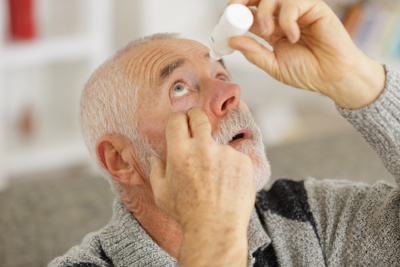
With this condition, the blood vessels in the retina can leak or become blocked. This condition may cause blindness or serious damage to eyesight. In its early stages there are no symptoms so patients may not realise they have diabetic retinopathy.
Screening is important because of the risk of damage to sight from diabetic retinopathy. Screening is a key part of diabetes care and can reduce that risk by detecting the condition early, before the patient notices any changes in sight. Untreated diabetic retinopathy is one of the most common causes of sight loss in people of working age. When the condition is caught early, treatment is effective at reducing or preventing damage to sight.



